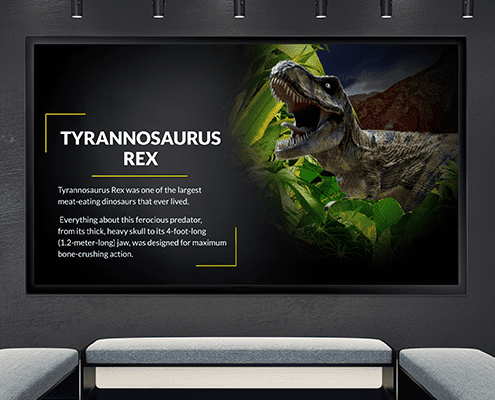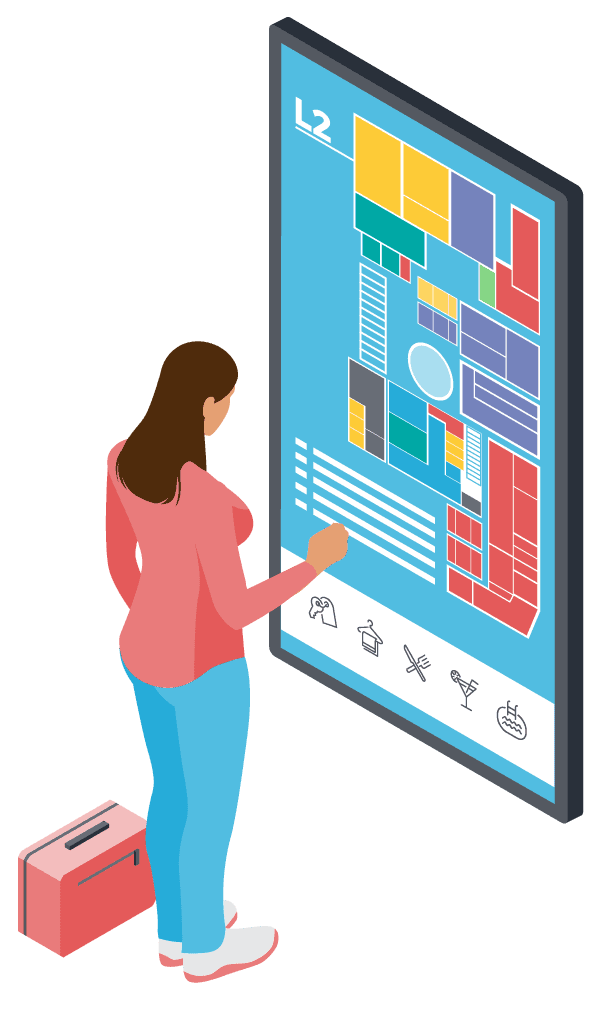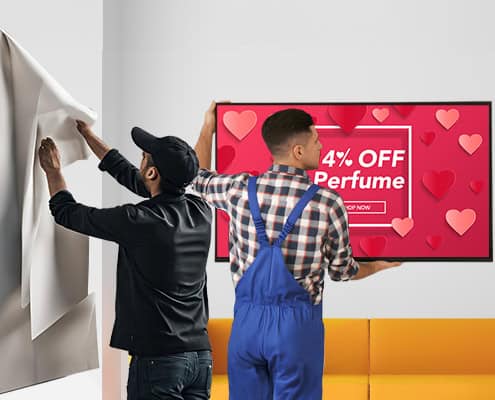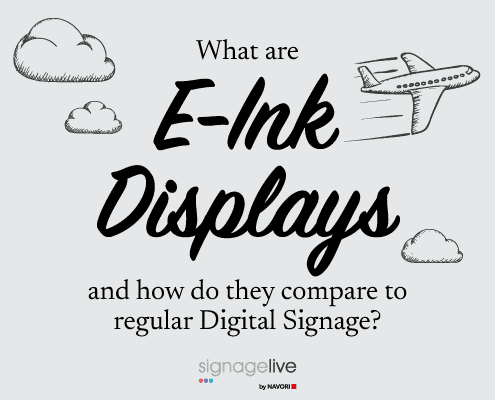
As a museum Chief Technology Officer (CTO), you know that attracting visitors and keeping them engaged is crucial for the success of your institution. But in today’s digital age, how can you ensure that your museum stands out from the competition and keeps up with the latest technological innovations?
One solution is to leverage digital technologies, such as Digital Signage and interactive experiences, to increase footfall, boost engagement, and drive revenue. But with so many options available, it can be overwhelming to know where to start.
First, let’s define what we mean by Digital Signage and interactive experiences. Digital Signage refers to the use of electronic displays to communicate information and engage with audiences. This can include displays throughout the museum, such as in exhibits and common areas, as well as outside the museum, such as on public transportation or in nearby hotels and restaurants.
Interactive experiences, on the other hand, involve the use of technology to create immersive and personalised experiences for visitors. This can include interactive exhibits, virtual and augmented reality experiences, and gamification elements.
But how exactly do these technologies work? There are a variety of Digital Signage solutions available, each with its own unique features and capabilities. Some systems use static displays, while others offer interactive touchscreens or even virtual reality experiences.
Cloud-based CMS
Whatever screens you decide to use, consider investing in a good cloud-based content management system (CMS). With a cloud-based CMS solution, you can simplify and remotely control the content creation and management process.
The most effective CMS options come with as many as 500+ content creation tools for users of any design ability. Giving you more flexibility to create, schedule and instantly update content, these solutions also enable you to post to some or all your screens and from absolutely anywhere.
Enterprise-grade CMS options are especially useful for large locations, making it easy and secure to allocate various levels of content management responsibilities to staff. These solutions even enable you to schedule content for pre-categorised groups of relevant screens across multiple halls.
Whatever the content you plan to share, it’s important to ensure that you protect your data. ISO-27001-certified CMS providers offer next-level, security, having been proven to be able to handle and protect large volumes of information.
Advertising
Digital Signage isn’t just ideal for quickly updating and highlighting museum opening times, ticketing prices and special dates. It’s also the most eye-catching way to promote forthcoming exhibits, special events and offers, as well as extra on-site services, such as gift shops, cafes and restaurants.
Delivering a “big-screen” viewing experience, it enables you to feature high-impact imagery as well as videos. You can display each of these as standalone content, or alternatively, as part of a split-screen template design, so you can showcase more information at a time.
Look out for integrated CMS solutions with advanced editing functionality, that enable you to make edits to live content, and pre-select the expiry times of your campaigns, so they never display on-screen beyond their end dates.
Free-to-use countdown timer widgets also help build excitement in anticipation of an event or exhibit launch by broadcasting the time remaining until it opens.
Advertising content creation tools
With the right CMS solution, you can count on tools to help personalise and boost the impact of your on-screen promotions. Integrated CMS no-code HTML content creation tools, such as Screenfeed Connect ensure any team can do this.
Using this tool, they can neatly integrate their own statistics, imagery and information into drafts, straight from any connected sources, such as Google Sheets.
Through the display of customised content, such as footfall numbers, visitor reviews and imagery of past events, museum staff can effectively help drive interest and lend credibility to the museum’s reputation.

Interactive exhibits
With interactive exhibits, you can go even further towards building memorable visitor experiences.
Interactive exhibits can be as simple as touchscreens that provide additional information about a particular exhibit, or as complex as fully immersive virtual reality experiences. These exhibits can be standalone or integrated into existing exhibits, adding an extra layer of engagement for visitors.
Touchscreen interactions
Integrated CMS solutions offer Kiosk Modes to help ensure the smoothest and most highly responsive touchscreen experiences.
Lift and Learn interactive showcases
With integrated Nexmosphere Lift and Learn interactive showcases, CMS platforms can help create ultra-engaging and informative experiences. Simply by picking up an item from an exhibit – say, for example, a prop like a dinosaur egg or bone, more information about that particular item and the species to which it belongs can be triggered on a nearby screen. This ensures visitors unobtrusively gain more insight in an easy-to-digest way, and without the museum having to invest in more staff or audio guides.
Immersive experiences
To create more immersive experiences, museums now have the option of a new breed of CMS solution that offers both simplified external device control, and content management. Patented technology, Signagelive Real Time Events, for example, enables you to send messages within your content to control, at any stage of the on-screen content sequence, connected devices, so that the surrounding environment changes to reflect what’s on-screen.
If, for instance, the on-screen image was of a volcano eruption, motorised screens on which the content is displayed could start to shake. Connected audio systems could also amplify the sound effects, while connected projectors could create wall displays, covered by fast-moving lava.
Gamification
Another technology that is gaining popularity in museums is gamification. By incorporating elements of game design into exhibits and other museum experiences, you can encourage visitors to explore and interact with your museum in a fun and engaging way.
Simple on-screen questionnaires that uncover surprising facts encourage visitor participation, especially if you are then able to display leader boards of those who scored most highly. This gamified approach is ideal for group visits from schools and clubs, offering a fun and social learning experience.
With CMS features, such as split-screen content formats, you can place leader boards next to social media feeds, where you congratulate students, who come out on top.
The use of Digital Signage and interactive experiences can be a powerful way to increase footfall, boost engagement, and drive revenue for your museum. By leveraging the latest technological innovations, you can create a more immersive and personalised experience for your visitors, leading to a more successful and sustainable institution. Start exploring the possibilities of digital solutions for your museum today.




You must be logged in to post a comment.